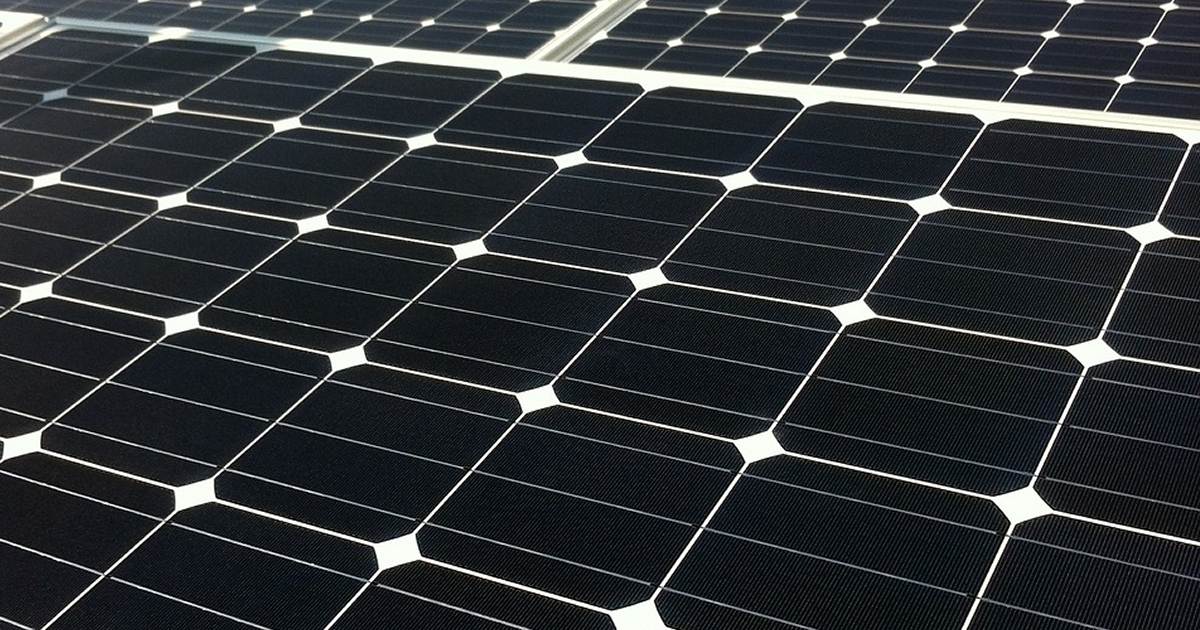
The results of a recent survey run by Solar Citizens regarding a controversial draft determination from the AEMC will have solar battery manufacturers salivating.
In March, the Australian Energy Market Commission (AEMC) released its draft determination on how to integrate more small-scale solar power systems into Australia’s grid.
Among the proposals – the one that has created the most controversy – is allowing networks to levy a charge on solar owners pumping their surplus self-generated electricity into the grid at times when it is saturated with solar energy exports.
The charges could potentially be a couple of cents per kilowatt hour. So, for example, if a system owner is receiving a feed-in tariff of 10c per kilowatt hour, it would be reduced to 8c during such times. What hasn’t been given as much attention is that solar owners would be paid more when their systems export at times when the grid needs the energy.
Various modelling by the AEMC indicates the overall impact of the charges should be minimal.
Community group Solar Citizens surveyed more than 1,300 rooftop solar owners across the country to get their views on the prospect of the charge, which has been portrayed as a “sun tax” or “solar tax” – and it’s not.
According to Solar Citizens, the survey results indicated:
- 63% said they’d consider going off grid if this rule change is implemented.
- 95% were not in favour of the “sun tax”.
- 65% said the way their state governments responded to this would influence their vote.
That 95% were not in favour isn’t a surprise – no-one likes the prospect of perhaps getting less of something they like.
As for the 63% stating they’d consider going off grid – they key word here is “consider”. We often consider things we’ll never action – and going off grid is a very expensive move at this point in time.
But let’s say this was implemented and a bunch of solar owners suddenly dropped off the grid. Solar Citizens says this could result in a network ‘death spiral’, where ditching the grid results in higher network charges for customers remaining connected to it, which then encourages more to leave the network.
Governments and regulators are unlikely to stand by and let this happen as electricity is an essential service. It’s quite possible that as is the case with mains water supply in South Australia (and perhaps elsewhere); if supply runs past your property you pay charges whether you are using it – or even connected to it – or not.
Perfect Vs. The Good
One of the biggest enemies of solar power in Australia has been delays to implementing what needs to be done to support uptake. While much of that can be blamed on opposition from the fossil fuel sector and electricity companies, we seem to have reached a point where a major threat could be existing solar owners being unable to accept the sorts of changes that need to occur soon.
Delays to necessary changes being made will prevent more Australians from having equitable access to the emissions and bill-busting benefits of solar panels through situations such as zero export limits becoming more common for new solar owners – and more draconian measures for existing solar owners. That’s not good for anyone.
As SolarQuotes founder Finn mentioned when he and Ronald were discussing a recent ABC report on home solar that seemed to rail against this solution to a problem the ABC was highlighting:
“If all these renewable energy activists carry on jumping up and down and having petitions and pressuring the government – nothing is going to happen for a lot longer than 4 years and we’re all going to be in a terrible situation.”
Both acknowledge the AEMC’s proposal is not a perfect solution, but as Ronald mentioned:
“Perfect should not be the enemy of the good.”
Before arriving at a solid position on the issue, solar owners may want to have a thorough read of what the AEMC is actually proposing, rather than just relying on second-hand information – whether it’s from here or anywhere else. What is being proposed has evolved since original and very flawed “sun tax” ideas were floated.

 RSS - Posts
RSS - Posts



The owners of the grid were warned decades ago to prepare for a massive influx of solar energy. They were warned to invest in batteries and to adapt the grid so it could cope with the solar world.
The scientists and experts were ignored.
By rescuing these big corporations from their own arrogance the AEMC has fostered a moral hazard; instead of the corporations facing the consequences of their laziness, they get a way with it meaning they have an incentive to keep ignoring warnings to prepare for future technology that is coming.
I remember years ago all the “gold-plating” where big energy corporations were rewarded for “investment” in what everybody knew was unnecessary infrastructure. Instead of being made to invest in what was needed, they were rewarded by regulators for investing in stuff everybody knew was actually useless.
The “solar tax” is energy companies paying for the energy companies’ failure to invest in infrastructure to cope with solar energy input to the grid at peak times. The energy companies’ profits have soared despite this incredibly poor management.
Therefore it is the energy companies’ profits that should suffer (they should be forced to invest in many batteries to cope with the peak time solar influx of energy) rather than the hoodwinked solar customer.